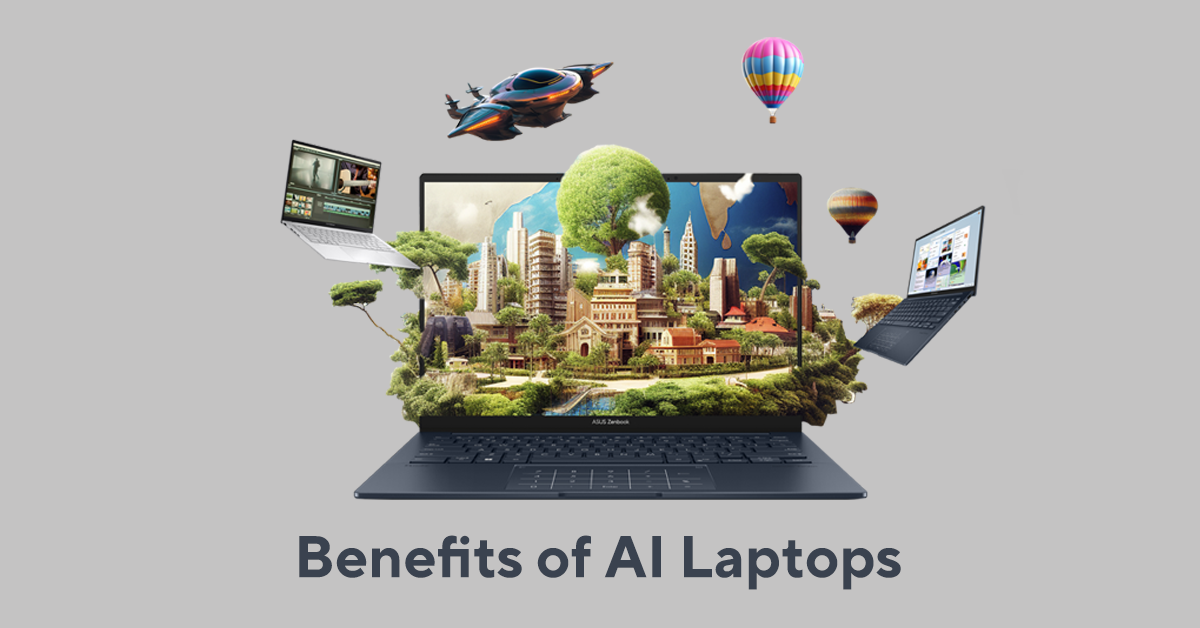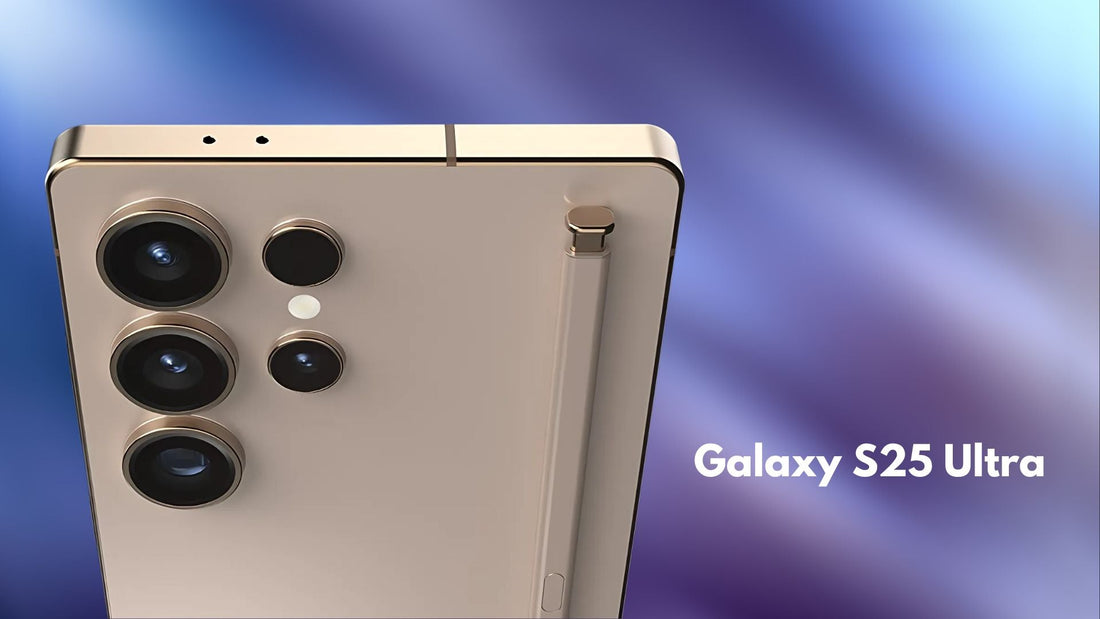introduction
In the ever-evolving world of technology, the humble smartphone camera has undergone a transformative journey. From the days of grainy VGA shots to today’s DSLR-rivalling capabilities, cameras have become the heartbeat of smartphone innovation. As we step into 2025, the smartphone market is more competitive than ever, with camera advancements leading the charge. Let’s dive deep into how these innovations are shaping consumer trends, technological breakthroughs, and the future of photography. With the integration of artificial intelligence and computational photography, the future of smartphone cameras promises to further blur the lines between professional and amateur photography. Enhanced features such as real-time image processing and advanced low-light capabilities are now becoming standard, making it easier for users to capture stunning images in any environment. As manufacturers continue to push the envelope, we can anticipate even more radical innovations that will redefine the future of smartphone cameras and how we document our lives.
The Cutting Edge of Smartphone Cameras in 2025
AI-Driven Photography: Smarter Shots Every Time
Gone are the days when photography was limited by your technical skills. In 2025, AI-driven photography has become the norm, empowering users to capture professional-quality shots effortlessly. Modern smartphone cameras now:
- Optimize scenes in real-time: AI identifies objects, lighting, and color balance to deliver the perfect shot without manual adjustments.
- Predict movement and focus: Say goodbye to blurry action shots with AI-powered predictive focus.
- Enhance low-light performance: Advanced algorithms brighten and clarify images in near-total darkness.
Beyond Megapixels: Revolutionizing Sensor Technology
While megapixels still matter, the real magic lies in sensor technology. Larger sensors dominate the market, enabling better light capture and dynamic range. Key innovations include:
- Pixel binning technology: Combines multiple pixels into one for sharper and more detailed photos, especially in low-light conditions.
- Stacked sensors: Deliver ultra-fast capture speeds, allowing users to shoot at incredible frame rates.
- Variable aperture: Adjusts automatically for brighter daytime shots or darker night scenes.
Optical Advancements: Redefining Zoom and Clarity
Zoom capabilities have leaped forward, with periscope lenses offering up to 10x optical zoom. Folded optics ensure powerful zoom features fit seamlessly into sleek designs. Hybrid zoom technology combines optical zoom with AI refinement to maintain image quality even at extreme magnifications.
The Rise of Video: A New Era of Storytelling
8K Video Recording: A Content Creator’s Dream
In 2025, 8K resolution isn’t just a luxury; it’s becoming the standard for flagship devices. Content creators and vloggers can now produce cinematic-quality videos on the go. Features include:
- Real-time editing tools: Apply filters, transitions, and effects directly while recording.
- HDR video capture: Enhanced dynamic range makes every scene vibrant and lifelike.
Next-Level Stabilization Technology
Whether you’re hiking or filming a dance routine, advanced stabilization ensures buttery-smooth footage. Gimbal-like stabilization, powered by AI, eliminates the need for external equipment.
Cinematic Modes: Hollywood in Your Hands
Smartphones now offer cinematic modes that mimic professional cameras. Real-time bokeh effects, automatic focus transitions, and AI-driven color grading elevate videos to new heights.
Computational Creativity: Empowering Everyday Users
The integration of AI tools allows users to unleash their inner artist. Here’s how:
- Intelligent filters: Apply nuanced effects tailored to the photo’s content.
- Automatic albums: AI curates your photos into themed albums, complete with music and transitions.
- Gesture and voice control: Taking photos and videos is now hands-free, making the process more intuitive than ever.
The Industry Ripple Effect
Revolutionizing Smartphone Features
Camera innovation has driven enhancements across other smartphone components:
- Displays: High-resolution screens ensure every photo and video looks stunning.
- Batteries: Larger batteries support power-intensive camera functions, ensuring longer shooting sessions.
- Storage: With media files growing in size, smartphones now offer up to 2TB of storage.
Impact on App Ecosystems
Apps are evolving to complement advanced camera features. Social media platforms like Instagram and TikTok optimize their interfaces for high-resolution uploads, while AR apps leverage lidar and depth sensors for immersive experiences.
Challenges in Camera Innovation
While progress is exciting, challenges remain:
- Balancing form and function: Incorporating advanced optics without making devices bulky is a constant struggle.
- Cost implications: Cutting-edge camera technology increases manufacturing costs, often passed on to consumers.
- Privacy concerns: Enhanced imaging and tracking capabilities raise questions about surveillance and misuse.
Future Trends: What’s Next for Smartphone Cameras?
Quantum Dot and Organic Sensors
Emerging sensor technologies promise unprecedented light sensitivity and color accuracy. Quantum dots, in particular, enhance low-light performance while reducing noise.
Self-Healing Lenses
Advanced coatings and materials are being developed to reduce scratches and wear, ensuring lenses stay pristine.
AI-Generated Photography
Generative AI is beginning to create entirely synthetic yet lifelike images, offering limitless creative possibilities.
AI-driven photography uses artificial intelligence to enhance your photos automatically. It adjusts settings like lighting, color balance, and focus in real-time to ensure optimal results.
I'm Salim, the creator and tech enthusiast behind this website. My passion for technology has been a lifelong journey, fueled by a deep curiosity about how things work and a desire to explore the latest gadgets and innovations that shape our world.




